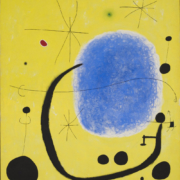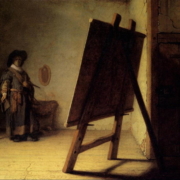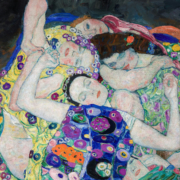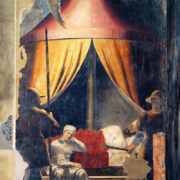A hypothesis for a third topic regarding intersubjectivity and the subject in a common, shared psychic space
Abstract
The question of a third topic was one of the main themes debated in the recent Congress of Psychoanalysts of the francophone countries. The principal debate centred on the relationships between the configuration of the internal world of a subject and the relationships dealing with its “first others”, namely the parents and the family. I would like to underline that this theoretical point of view is focused on the practice of individual therapy. When the psychoanalytical method extends to multi-subjective situations, like the group, the family, the couple, and the institutions, for example, the psychic space that develops has a specific reality that is common and shared by all the subjects. In 1976, when I first got interested in group psychic apparatus I began to construct a third topic based on the articulation between the common and shared psychic reality, the internal world of the single subject and the space of the link among the subjects. This third topic became necessary to illustrate the way in which the subject is formed in Read more





